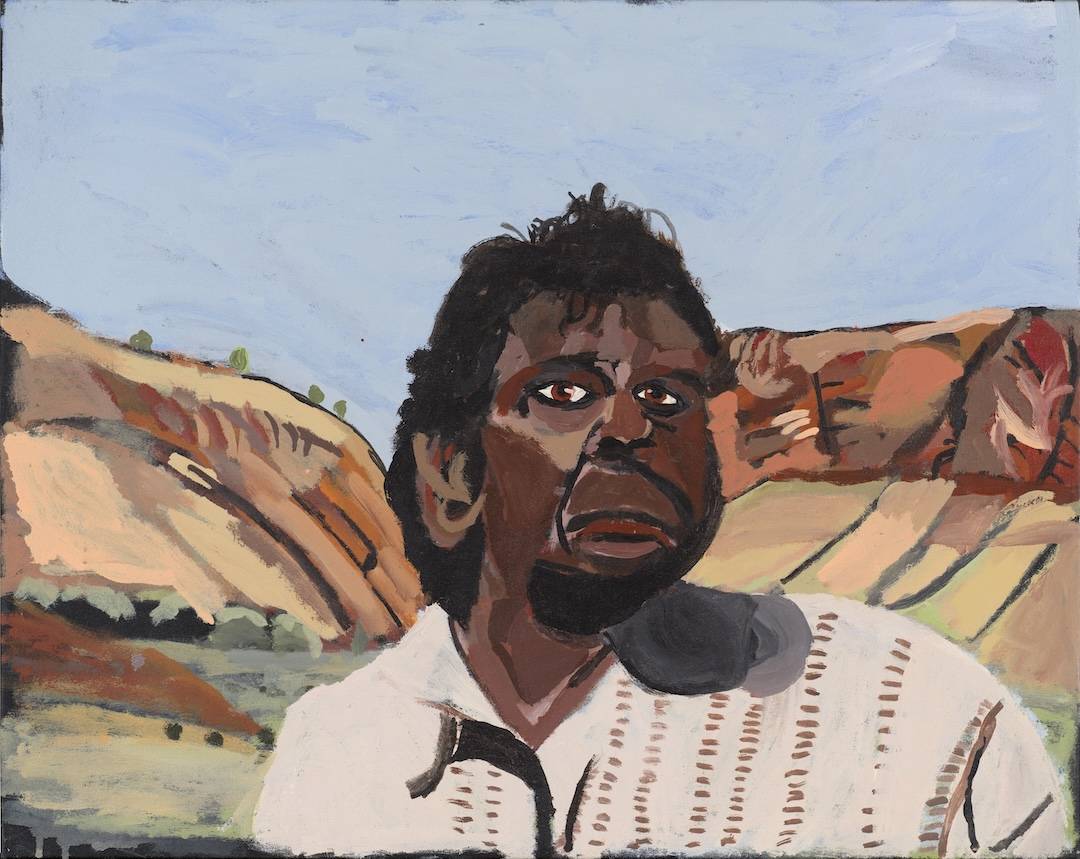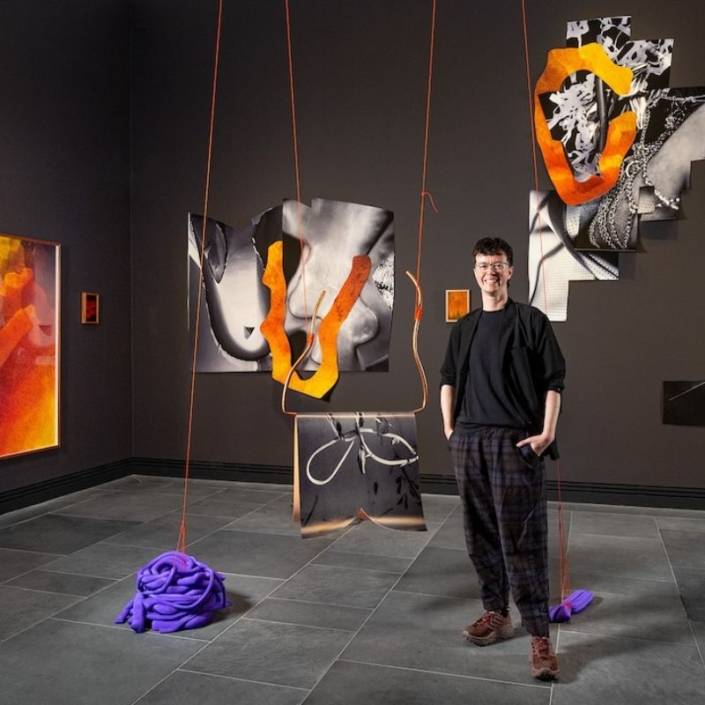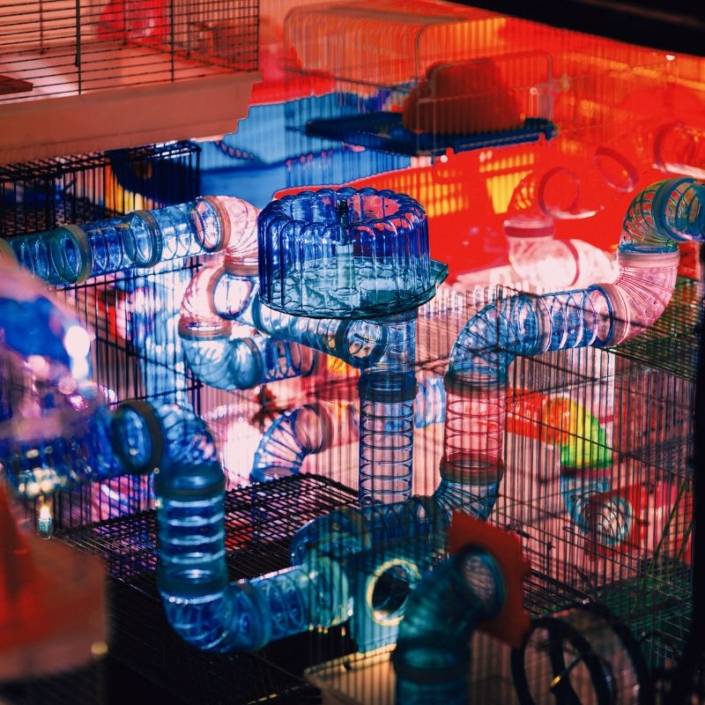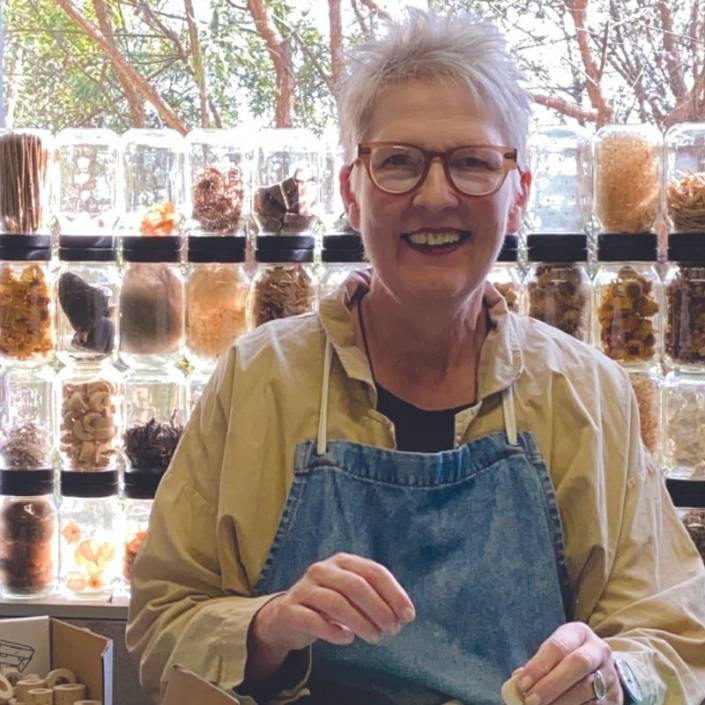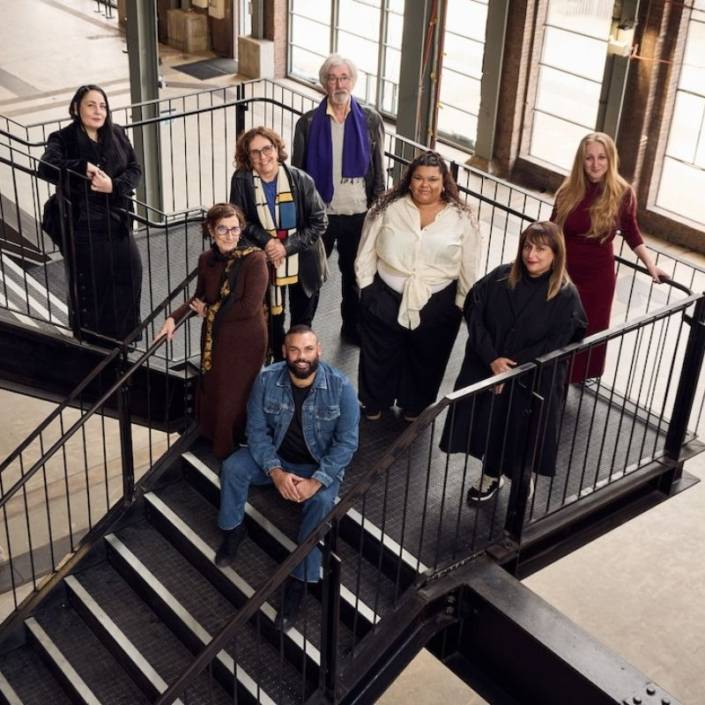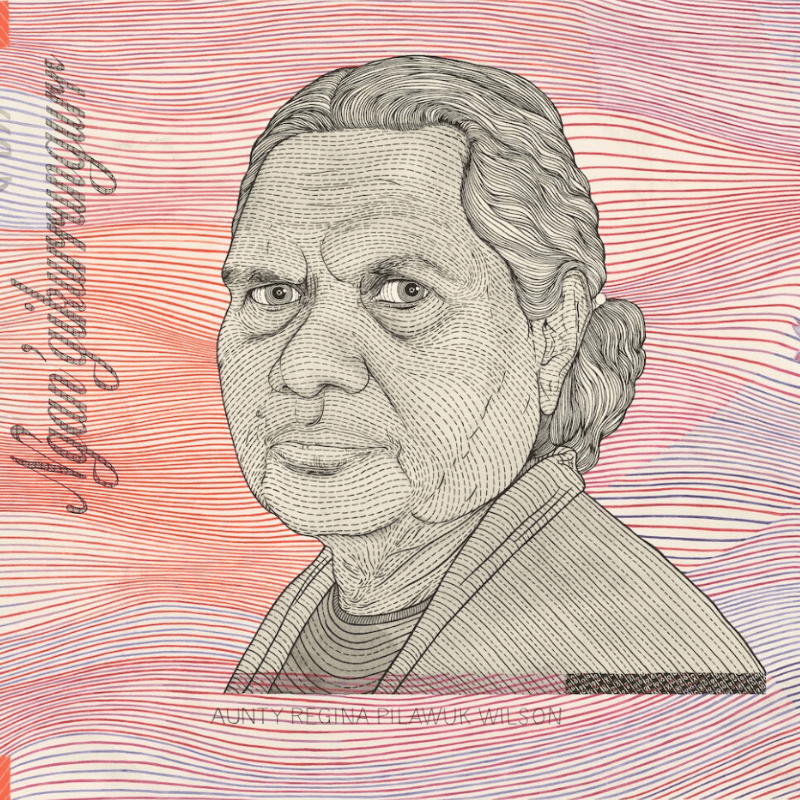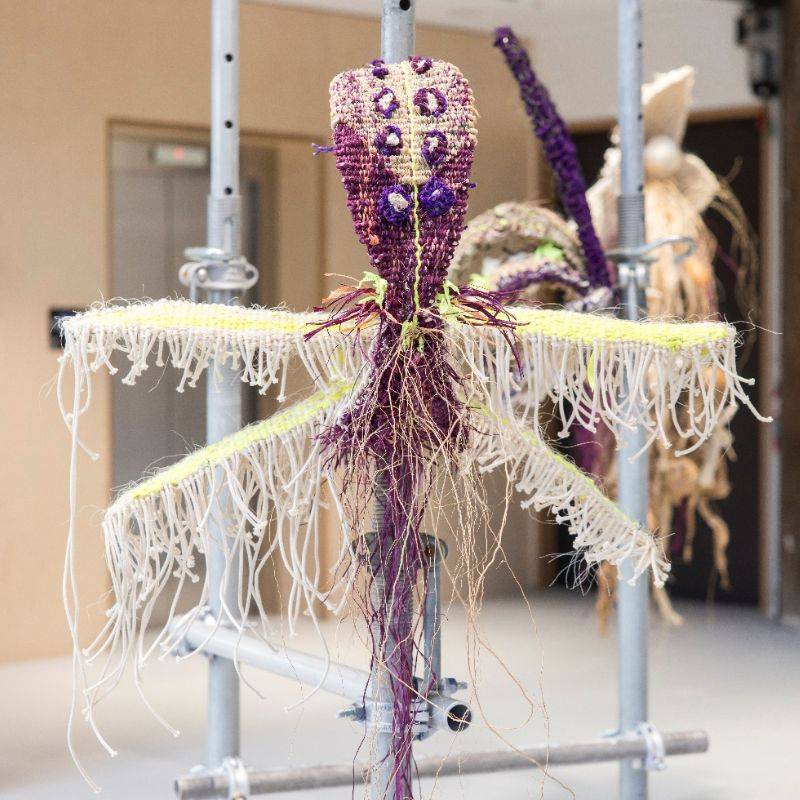Landmark Indigenous exhibition reopens The Potter Museum
A historic showcase of Indigenous art challenges national narratives and celebrates cultural survival.
Words: Emily Riches
The Potter Museum of Art has announced the full artist list and six major new commissions for its highly anticipated reopening exhibition, 65,000 Years: A Short History of Australian Art, opening 30 May 2025 during Reconciliation Week. Running until 23 November 2025, the exhibition is a powerful new chapter in the University of Melbourne’s cultural legacy.
Curated by Distinguished Professor Marcia Langton AO, Senior Curator Judith Ryan AM and Associate Curator Shanysa McConville – in consultation with Aboriginal and Torres Strait Islander artists and custodians of art traditions – the exhibition explores the recognition of Indigenous art and its rise to prominence globally. It celebrates the brilliance of Aboriginal and Torres Strait Islander art while confronting also confronting the Australia’s colonial history.
“The ironic title of this exhibition refers to the belated and reluctant acceptance of Aboriginal and Torres Strait Islander art into the fine art canon by Australian curators, collectors, art critics and historians in the last quarter of the 20th century,” says Professor Langton. “65,000 Years: A Short History of Australian Art celebrates Indigenous art as it is increasingly recognised in galleries and collections around the world – as the greatest single revolution in Australian art.”
More than 450 works will be presented, including rare pieces from the University’s collection and 193 loans from 77 public and private lenders. Visitors can expect to see iconic works by artists such as Emily Kam Kngwarray, Lin Onus, Destiny Deacon, Rover Thomas and Yhonnie Scarce.
Six new commissions will take centre stage, including Virtual Narrm 1834, a photo-realistic digital experience by Brett Leavy developed with Wurundjeri elders, and Ngangkari Ngura (Healing Country), a monumental painting by APY Lands traditional healers Betty Muffler and Maringka Burton. Julie Gough’s confronting work engages with 19th-century plaster busts of Trawlwoolway leaders, while Sandra Aitken’s Gnarraban (eel trap) revives ancient weaving traditions. Vicki West’s kelp and reed works and Lorraine Connelly-Northey’s monumental bush bags underscore the survival of cultural practice amid displacement.
The exhibition is supported by a significant educational initiative, created in partnership with the University’s Ngarrngga Project, to provide long-lasting curriculum resources on Indigenous art and history.
“This exhibition bears testament to 65,000 years of knowledge,” said curators Ryan and McConville. “It encompasses an extraordinary range of artists and works of art that serve as a conceptual map, illustrating our contested shared history.”
As Vice-Chancellor Professor Emma Johnston AO reflected, “This exhibition is an important exercise in truth-telling… and will provide a vital platform for Indigenous storytelling.”
For more information, visit The Potter Museum of Art’s website.
This article was posted 1 April 2025.
Image: Vincent Namatjira (Western Aranda, born 1983), Albert Namatjira 2021, synthetic polymer paint on linen, 61 × 76 cm. The University of Melbourne Art Collection.

